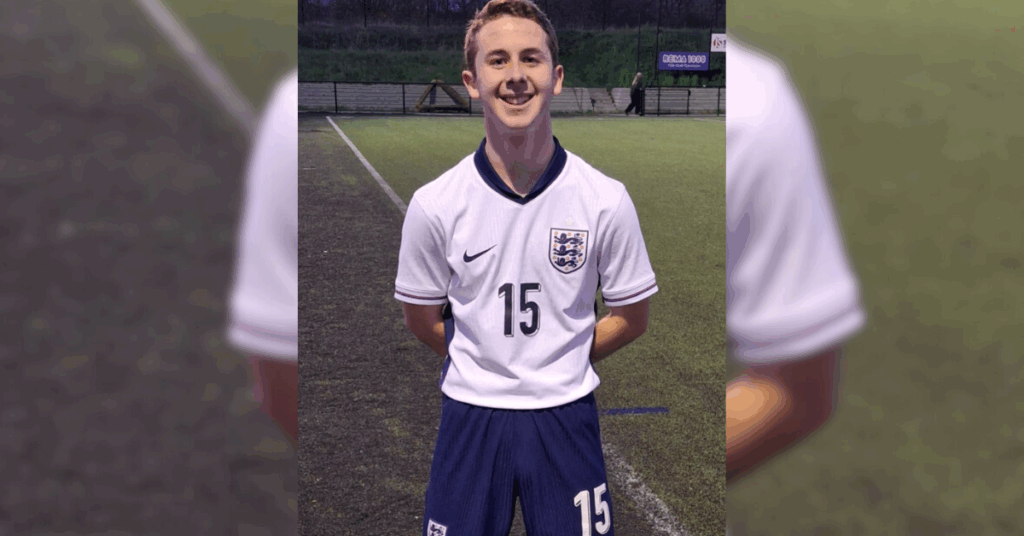
Memories of the old Haywards Heath Grammar School
Haywards Heath Grammar School attended by Rosemary Goring 1961-68
I took the Eleven Plus exam when I was a pupil at St Wilfrid’s Primary School, Haywards Heath. I passed; those who failed went to Cuckfield or Scrase Bridge, both Secondary Modern Schools. I remember children who failed were very upset. Some, who’d been promised bicycles if they passed, had lost out on two counts.
The Grammar School uniform was sold at a local outfitter, Broadbridge’s. We had to have a green belted mackintosh as well as a blazer. Indoor and outdoor shoes were compulsory and on all journeys to and from school, we had to wear a green beret. If caught without it, we had to attend beret detention.
The Grammar School was built on Harlands Road and its first intake was in 1958. It was intended that it should be a Grammar/Technical School, but the room of typewriters was soon changed into another Science lab. There were four streamed classes: A, B, C and D. I was in Class B as my Maths wasn’t as strong as my English. In the third year, we were setted for French and I was in the top set. This promotion led me to choose German as an ‘O’ level option instead of Geography.
During my time there, the names of the classes were changed. I can’t remember what the A stream became, until the fourth year, when it was called ‘The Remove’ and then in the fifth year, it was called ‘Transitus’. The dining hall was called ‘The Refectory’. The Headmaster, Mr Wynter, had pretensions. Stream B was renamed L because we did Latin. Stream C became M, because they did Modern Languages. Stream D was relabelled G signifying General. The pupils in the latter often developed low self-esteem, because they felt that they were in the bottom class, even though they were of above average ability. The renaming of the classes was undertaken to address this, but I think pupils saw through it quickly.
Stream B did compulsory Latin for three years. The first year we studied classical life, but in the second, we began learning the language. I did well at it, so chose it as an option at the end of the third year. We had to take a Science as an option, so I took Biology; there was no Combined Science. There was encouragement to take a practical subject, but I didn’t want to and I wasn’t forced.
At the end of the second year, we had to choose between Art and Cookery/Needlework. I had low ability at drawing and painting, so I dropped that. Cookery did consist of making dishes every lesson. I didn’t have any skill at Needlework at the time, although I took up sewing as an adult.
In the 1960s, the nearest swimming pools were outdoor at the Birch Hotel, Haywards Heath (which we went to for a while from St Wilfrid’s Primary School) and at Burgess Hill, a few miles away, in summer. The nearest indoor pool was King Alfred’s at Hove, 16 miles away. So the Headmaster, Mr Wynter decided to build an outdoor pool in the school grounds and asked all families to make three termly payments of £5 to fund it. This is equivalent to £69 each term today. Our family dutifully paid it, but it wasn’t built before I left. This will have been a lot of money to my parents, as they were trying to pay off a mortgage as fast as possible. Years later, when I walked around the school site, the pool was there but it bore a notice saying it couldn’t be used by former pupils.
The school leaving age in the 1960s was 15, but Grammar School pupils were expected to stay till 16 to complete ‘O’ level courses. Most young people left for jobs at 15, without any qualifications.
I continued to the school sixth form and was chosen to be a Prefect. We were given a common room, separating us from our friends who weren’t deemed to have leadership quality. We were appointed by the teachers; there were no applications or interviews. The teachers all wore academic gowns when teaching. The few teachers, e.g. P.E. staff without degrees, therefore stood out. There were no teaching assistants or pupils with disabilities.
It was expected that pupils would apply to University or if not academic enough, go to Teacher Training College. The few judged more suitable for work were encouraged to go into banking. Some pupils with an aptitude for it applied for nursing. The teachers who had come straight from University to Grammar School teaching had no conception of anything else.
I took ‘A’ level History, French and English. I entered for S (Scholarship) level in History too and was awarded a Distinction. The Head of History advised me to sit the Oxford University entrance exam to study History. My parents didn’t support the idea, as they thought I would feel out of place because of our social class. I didn’t appreciate the assumption that I wanted to take a History degree without discussion, so this idea wasn’t taken any further. The entrance exam was also taken in the autumn of the third year in the Sixth Form and it seemed a waste of a year if the application wasn’t successful. Nevertheless, I did well academically and my years at Haywards Heath Grammar School were happy ones.
When comprehensive reorganisation took place later, the Grammar School became a Sixth Form College. The 1958 buildings have since been demolished and September 2020 will see the opening of the new Haywards Heath College on the Harlands Road site.


